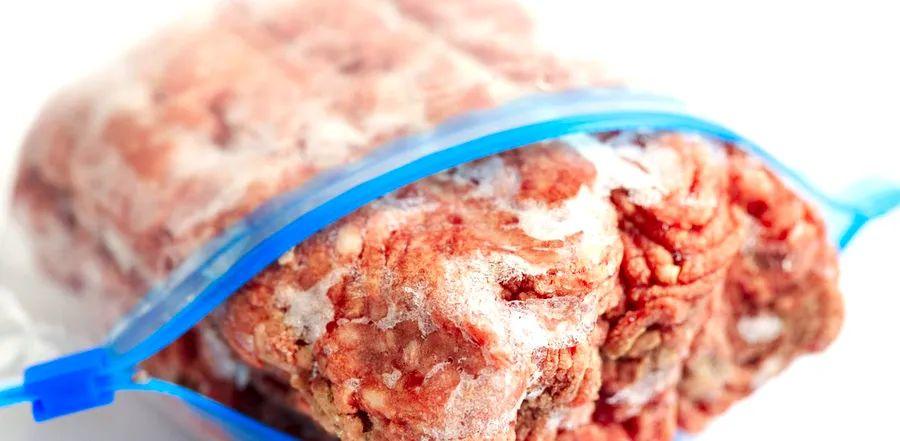Is It Safe to Refreeze Ground Beef?

There will likely come a time when you end up with more thawed ground beef than planned, whether it’s due to a change in your schedule, defrosting too much at once, or simply forgetting about it. With food being too valuable (and expensive) to waste, it's always good to know your options before tossing it out.
When it comes to cooking, safely handling raw meat is one of the most important things to consider. While poultry like chicken is the highest risk, ground beef also carries dangers, such as E. coli. Following proper freezing and thawing methods, and avoiding the temperature danger zone (40 to 140 degrees F), is critical to keeping your family safe.
What are the best practices when it comes to freezing and refreezing ground beef?

Is Refreezing Ground Beef Safe?
If you’ve thawed ground beef and forgot about it in the fridge, don’t worry – you can refreeze it (as long as it’s within three days). However, if it was thawed using cold water or in the microwave, it must be cooked immediately to 160°F before refreezing. This step kills off any harmful bacteria, ensuring the beef is safe to eat.
Keep in mind that every time ground beef is frozen, thawed, and refrozen, it loses moisture, which can affect its texture. If your beef has undergone several freeze-thaw cycles, consider using it in dishes like stews or casseroles where texture matters less, instead of using it for something like burgers.
Tips for Freezing Cooked Ground Beef
Once your ground beef is fully cooked and no longer pink, freezing it is simple. Just transfer the cooled, drained meat into an airtight, freezer-safe bag or container, squeeze out any excess air, label it with the date, and store. For best results, use it within two to four months. Personally, I find it helpful to write the 'use by' date beneath the date I froze it.
Like refrozen beef, precooked ground beef can lose its texture after being frozen. It's better to use it in slow-cooked dishes like soups, rather than for something that requires a firm texture like tacos.
Best Ways to Thaw Ground Beef
Fridge Method: The safest and most recommended method by the USDA is to thaw ground beef in the refrigerator. Keeping the meat cold as it defrosts is crucial to prevent bacteria growth. Simply place the frozen beef, still in its original packaging, on a plate on the bottom shelf. This method is the slowest, taking anywhere from a few hours to a full day.
Cold Water Method: To thaw beef using cold water, ensure it’s sealed in a zip-top bag with most of the air removed. Submerge it completely in a large bowl or sink filled with cold water. Use a weight, such as a plate or can, to keep the beef submerged. Change the water and rotate the meat every 30 minutes to keep it cold throughout the process.
Microwave Method: The microwave should be your last resort for thawing, as it can unevenly thaw the beef, causing parts to start cooking while others remain frozen. Remove the beef from its packaging, place it on a plate, and follow your microwave’s defrosting instructions for the correct time.
The Best Way to Store Ground Beef in the Freezer
After a grocery run, I like to divide any ground beef destined for the freezer into manageable portions, usually half or one pound each. This makes meal prep much easier, as many recipes call for ground beef in these exact amounts.
If the meat is already packaged in these portion sizes when you buy it, simply leave it in the original packaging, but add an extra layer of plastic wrap or aluminum foil for added protection. Then, place it in a freezer-safe bag to help guard against freezer burn.
For even greater convenience, use a rolling pin to flatten the ground beef inside a zip-top bag, creating a thin, even sheet and squeezing out any air. This makes storage much more space-efficient, and the beef will defrost quickly when needed due to its thin shape.

1

2

3

4

5
Evaluation :
5/5